How Long Can A Dog Go Without Peeing? A Complete Guide

As a dog owner, you undoubtedly want your furry friend to be healthy and content. Keeping a close eye on your dog's urination patterns is essential to achieving this goal. Taking the proper steps can prevent potential health issues, such as urinary tract infections, discomfort, and unfortunate accidents within your home. Rest assured, following these guidelines can help ensure your canine companion's well-being remains in top form.
It is also vital to develop the ability for dogs to hold to their pee. Various factors, such as age, size, breed, and overall health, can affect how long a dog can hold their urine. For example, puppies have smaller bladders and weaker muscles than adult dogs, so they must go out more frequently.
You can learn all the details using a dog training app like Woofz. It provides lessons to help you to teach your dog a potty routine. Also, you can schedule the walks with your pup, and the application will alert you when it is time to go out.
How long can dogs hold their pee?
Dogs are amazing creatures, but things can get a little unpredictable when it comes to bladder control. So, just how long can dogs hold their pee? It depends on several factors, including age, size, and overall health.
Here are some key points to remember:
- Certain factors, such as hydration levels, exercise routines, overexcitement, the quantity of food, and the time when you feed them, can affect a dog's urinary habits.
- The key to avoiding accidents and maintaining bladder health is establishing a consistent potty routine and providing your furry friend plenty of opportunities to relieve themselves.
How long can puppies hold their pee?
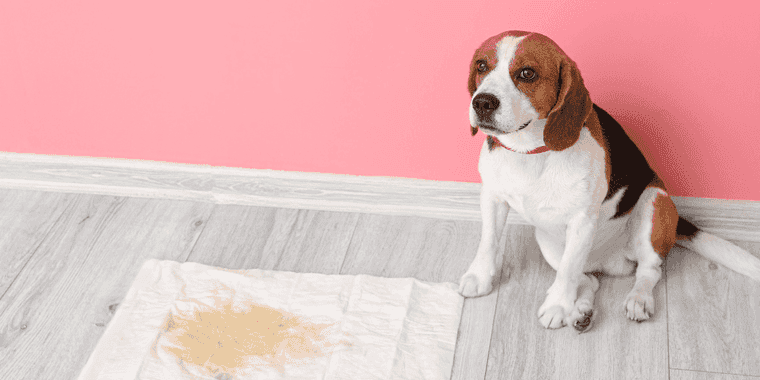
Puppies are like little balls of energy that are always on the go, but just like humans, they need to take a potty break regularly. Puppies have smaller bladders and less control over their urinary functions than adult dogs, so they must go out more frequently. For example, a six-month-old pup can hold its pee for 4 to 6 hours.
How long can adult dogs hold their pee?
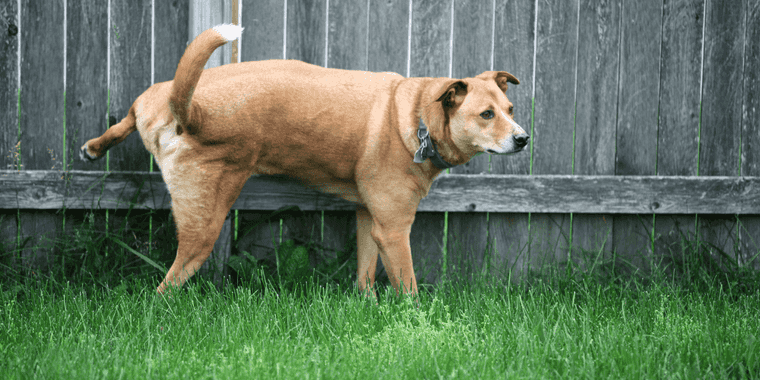
The time a dog can hold their pee depends on various factors, such as age, size, breed, and overall health. Generally, adult dogs can hold their pee for 8-10 hours, but this can vary depending on the abovementioned factors.
How often do dogs need to go out?
Several factors determine how frequently you should take your dogs for bathroom breaks:
1. Age: Younger dogs need three to five bathroom breaks daily, while adult dogs need at least two. A two-month-old puppy will need to pee every 2/3 hours (8/12 times a day), while a 5-month-old puppy will need to pee every 5/6 hours (4/5 times a day).
2. The dog's breed: When it comes to walks and bathroom breaks, medium-sized and large dog breeds have greater endurance than smaller dog breeds. Because of their shorter legs and smaller bladders, smaller dogs require shorter walks but more frequent bathroom breaks than larger dog breeds.
3. Problems with health: Being overweight decreases a dog's tolerance for exercise, and certain diseases, such as diabetes, increase its need to relieve itself. Both of these factors contribute to an increased frequency of bathroom breaks for the dog. In addition, medications such as steroids can cause an increased need to urinate frequently.
How often should you take a puppy to pee?
Puppies need to go out more frequently than adult dogs. A puppy can hold its pee for one hour for every month of its age. Therefore, if you have a two-month-old puppy, you should take it out to pee every two hours. As your puppy ages, you can gradually increase the time between bathroom breaks.
How often should you take an adult dog out to pee?
Depending on their needs, adult dogs must go out at least twice a day. Pay attention to your dog's behavior and the signs it gives you when it needs to go out. Some signs your dog needs to go out include restlessness, pacing, whining, and scratching at the door.
How to help your dog hold their pee for longer periods
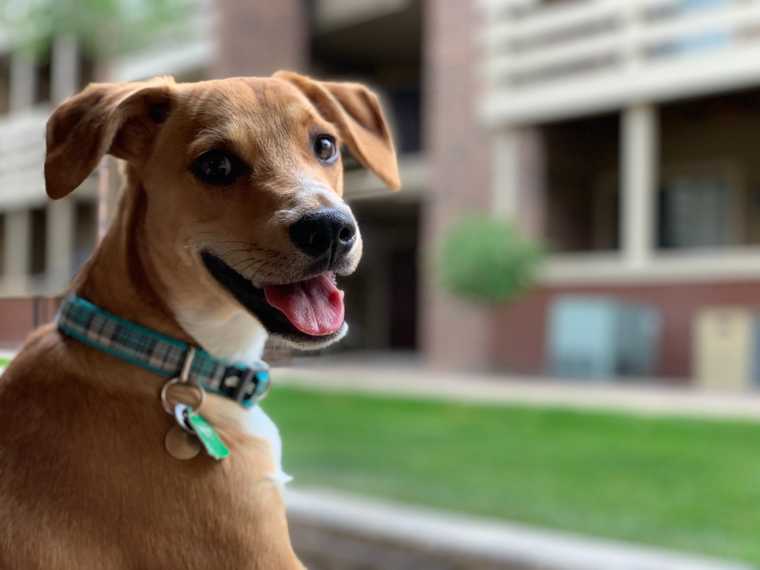
While taking your dog out for regular bathroom breaks is important, there are some methods you can use to help them hold their pee for longer periods.
Scheduled potty breaks
Establishing a regular potty break schedule can help your dog get used to holding their pee for extended periods. Try taking your dog out to pee at the same times every day, such as first thing in the morning, after meals, and before bedtime. It can help your dog's body adjust to holding its pee for longer periods and reduce the risk of accidents.
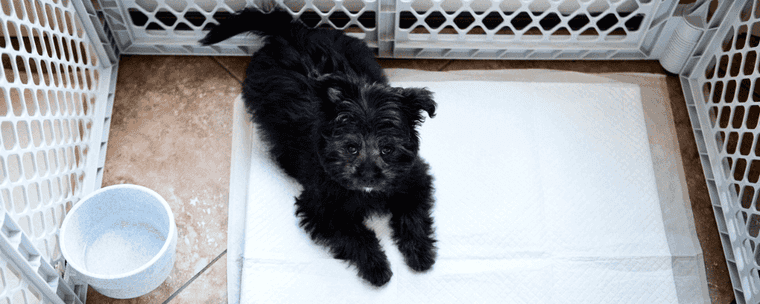
Adequate hydration
Ensuring your dog is hydrated enough is vital for their overall health and can help them hold their pee for longer periods. Regularly check if your dog always has access to clean, fresh water, and encourage them to drink regularly throughout the day. If necessary, you can withdraw the water from them during the night. It can help your dog's bladder expand and reduce the frequency of bathroom breaks.
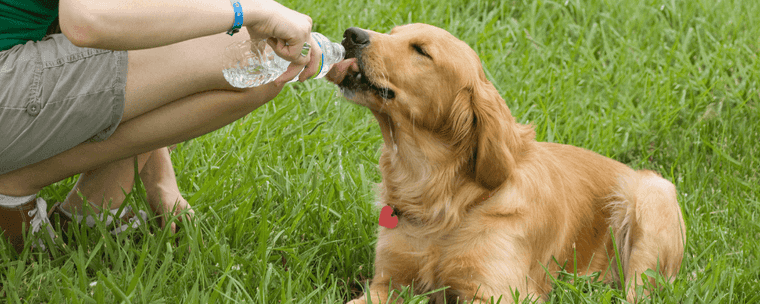
Appropriate diet and exercise
Giving your dog a well-balanced diet and plenty of exercise can also help it hold its pee for longer periods. A high-fiber diet can help your dog's digestive system work properly and reduce the chance of accidents. Also, giving your dog regular exercise can keep them alert and help them hold their pee longer.
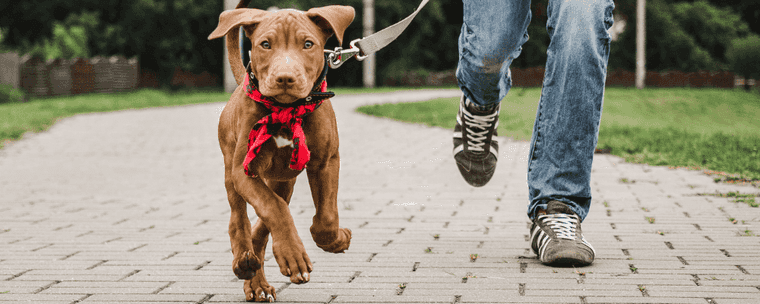
Crate training
If your dog is comfortable in its crate, you can use it to teach it to hold its pee for longer. Ensure the crate is the right size for your dog, and give it plenty of toys and soft bedding so your pup can feel comfortable.
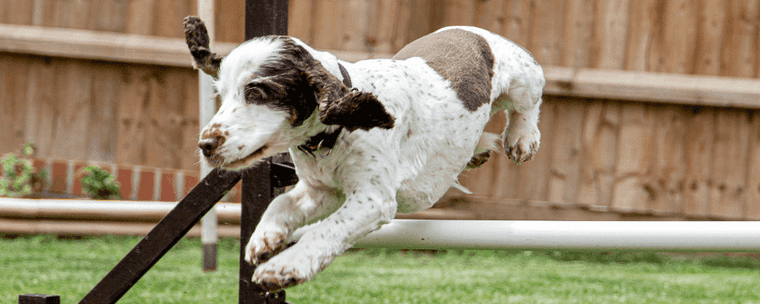
Positive reinforcement
When your dog successfully holds its pee for longer periods, praise and reward it with treats. This encouragement can help them keep trying to control their pee longer.
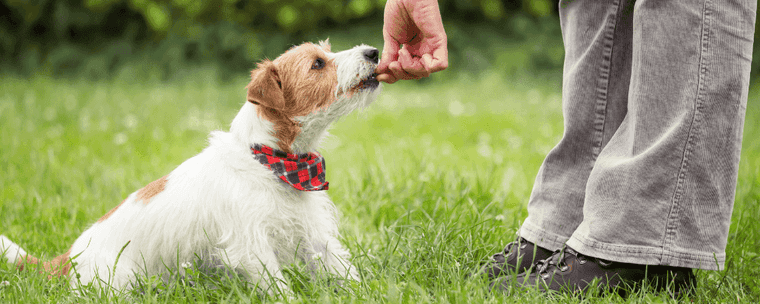
Reduce stress
Stress can make your dog go to the bathroom more often, so try to reduce stress around them. Provide your dog with plenty of toys and mental challenges, ensuring they have a secure resting place.
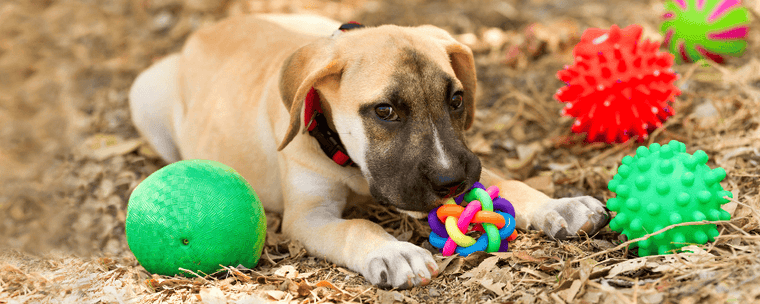
Stay consistent
Another way to teach your dog to hold its pee for longer is to be consistent. Keep to a schedule, praise good behavior, and be patient with your dog as they learn. With time and practice, they will be able to hold their pee longer without any problems.
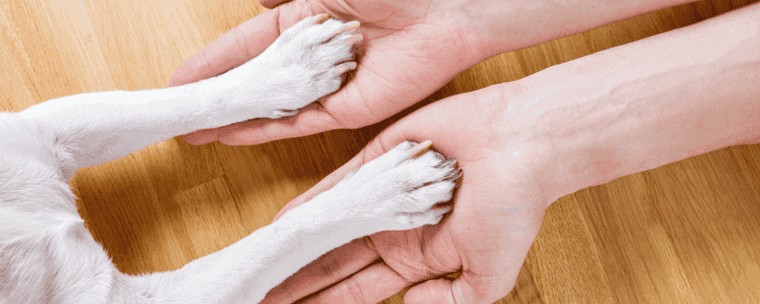
Final thoughts
As you can see, there's a lot to consider when it comes to your dog's pee habits. From understanding how long they can hold their pee to establishing a consistent potty routine, it's important to be proactive in supporting your furry friend's bladder health. Following the tips in this guide and installing a specific dog training app like Woofz can help your dog stay healthy, happy, and free from accidents. So get out there and start building a potty routine that works for you and your furry friend.
FAQ

How long can dogs hold their pee overnight?
Most adult dogs can hold their pee overnight for 8-10 hours. However, this can vary depending on your dog's needs and health. If your dog has health issues or is prone to accidents, taking them out for a bathroom break at night may be necessary.
Can dogs accidentally pee in their sleep?
Yes, dogs can accidentally pee in their sleep, especially if they have health issues such as urinary incontinence. If you notice your dog frequently pees in its sleep, it is essential to consult with a veterinarian to rule out any underlying health issues.
Do dogs pee when they are left alone?
Yes, dogs may pee when left alone, especially if they are not properly trained or have separation anxiety. It is essential to provide your dog with adequate training and mental stimulation to reduce the risk of accidents when left alone.
The Woofz app has a specialized tutorial on how to help your dog avoid separation anxiety.
Should I let my dog out to pee at night?
Let your dog out to pee at night if they need to go. However, it is essential to establish a routine and limit the amount of time your dog spends outside to prevent them from getting distracted or anxious. Additionally, if your dog has a history of accidents or health issues, taking them out for a bathroom break during the night may be necessary.
Read more: Common Dog Fears and Phobias
12 Tips for First-Time Dog Owners: Get Ready for Your New Pup
Written by

Dog lover with dream to create first truly dog-centric app
Reviewed by

Certified American Kennel Club cynologist with years of experience in dog training.